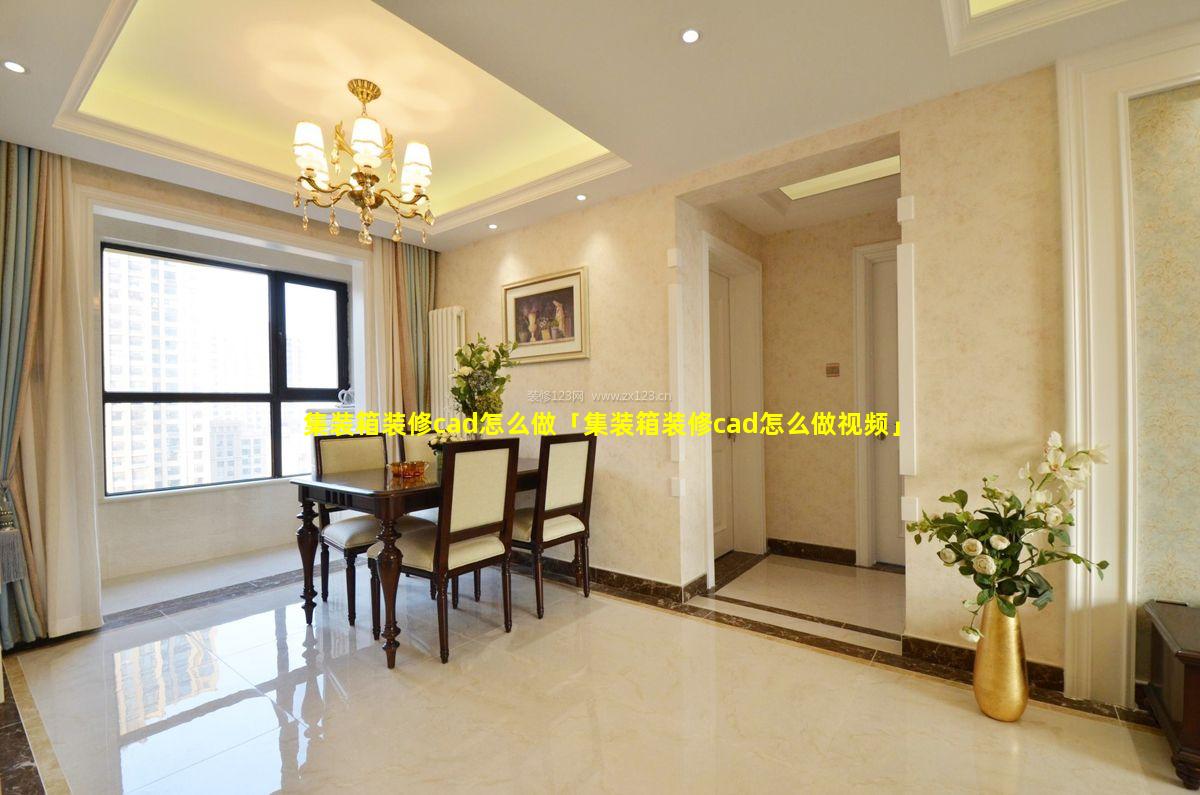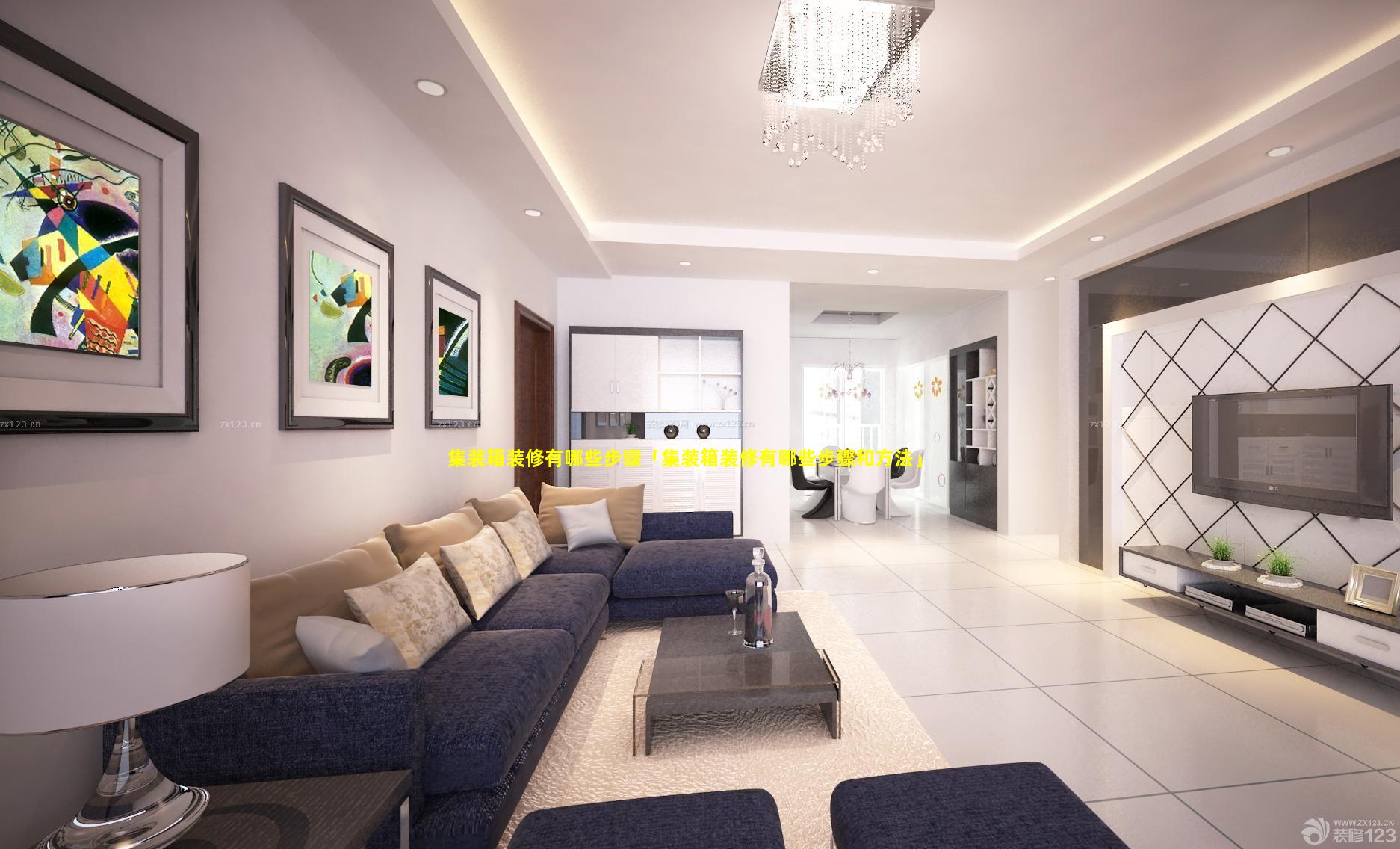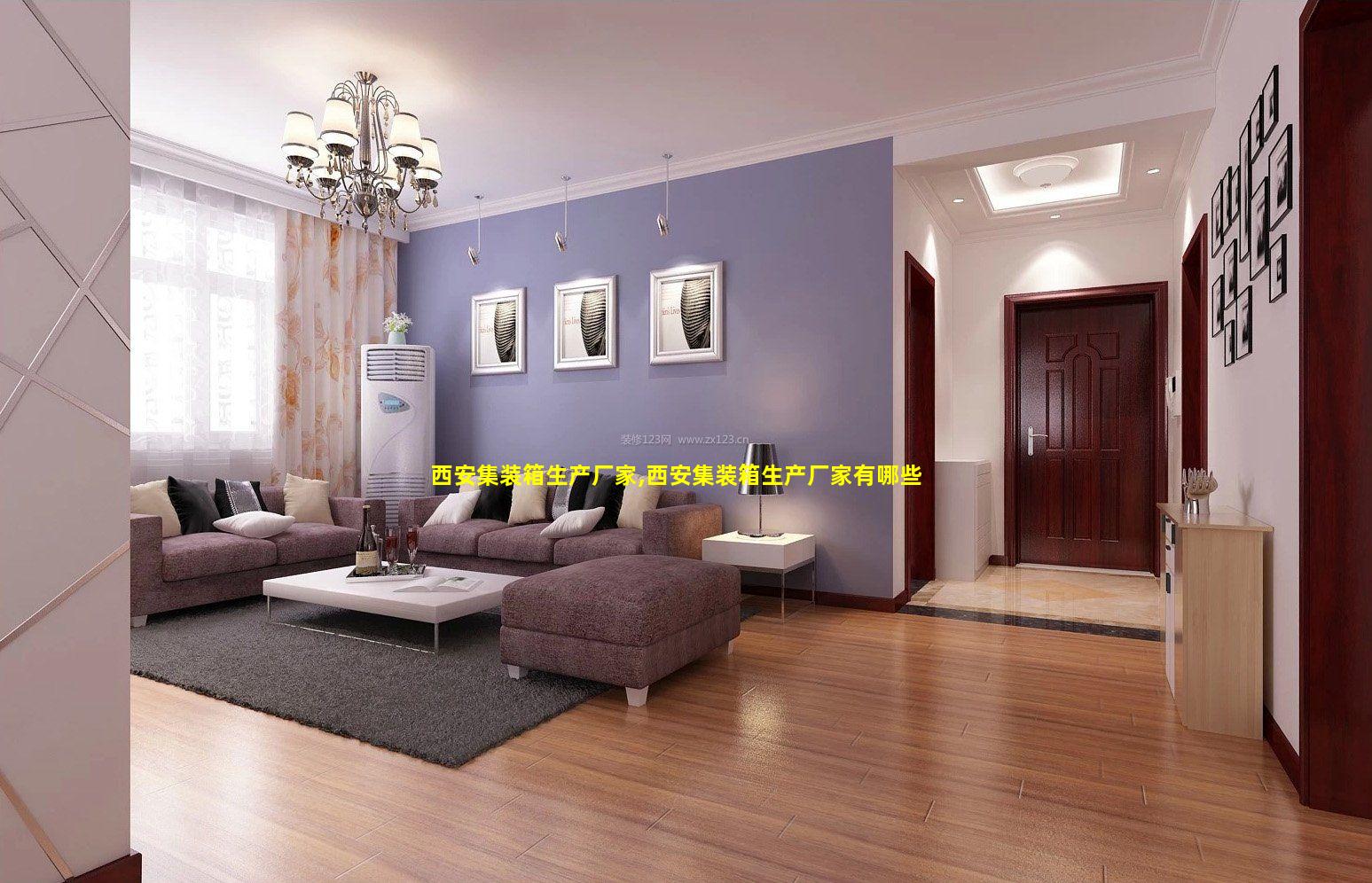1、集装箱房屋大全
集装箱房屋:全面指南
集装箱房屋是一种创新的、可持续的住宅选择,它将运输集装箱转换成舒适、实用的生活空间。由于其模块化设计、低成本和环保特性,集装箱房屋正在迅速流行起来。
集装箱房屋的类型
标准集装箱: 20 英尺或 40 英尺的运输集装箱,可用于建造基本房屋结构。
改装集装箱: 经过改装的集装箱,增加了窗户、门和绝缘材料,以提高舒适度。
定制集装箱: 根据特定设计要求制造的集装箱,提供更大的灵活性。
优势
模块化设计: 集装箱是模块化的,可以轻松组合起来创建各种尺寸和布局的房屋。
低成本: 与传统建筑方法相比,集装箱房屋的建造成本更低。
可持续性: 集装箱房屋利用回收材料,减少废弃物并促进绿色建筑。
耐用性: 集装箱由耐候钢制成,可承受极端天气条件。
可移动性: 集装箱房屋可以轻松地移动到不同的地点。

缺点
空间限制: 单个集装箱的空间有限,因此可能需要组合多个集装箱来创建更大的房屋。
隔热问题: 集装箱本身很薄,需要额外的绝缘材料来保持室内温度。
美学: 集装箱房屋可能缺乏传统房屋的传统外观。
监管: 在某些地区,建造集装箱房屋可能需要获得许可或符合建筑规范。
设计考虑因素
布局: 集装箱的模块化设计使您可以创建灵活的布局,满足您的空间需求。
窗户和门: 足够的窗户和门提供自然采光和通风。
隔热: 额外的绝缘材料对于保持室内温度至关重要。
管道和电气: 必须安装适当的管道和电气系统才能使集装箱房屋宜居。
外部饰面: 可以使用各种饰面材料(例如木材、金属或涂料)来个性化集装箱房屋的外观。
建造过程
1. 规划和许可: 获得必要的许可并制定详细的计划。
2. 集装箱准备: 检查集装箱并进行必要的修理或改装。
3. 基础: 准备一个坚固的混凝土基础,该基础能够支撑集装箱的重量。
4. 组装: 将集装箱组合起来并固定到位。
5. 绝缘和饰面: 添加额外的绝缘材料和外部饰面。
6. 管道和电气: 安装管道和电气系统以连接所有设备。
7. 内部完成: 完成内部,包括地板、墙壁和天花板。
成本
集装箱房屋的成本取决于以下因素:
集装箱类型: 改装或定制集装箱比标准集装箱更贵。
房屋大小: 较大的房屋需要更多的集装箱和材料。
地点: 建筑成本因地点而异。
装修水平: 高端装修会增加成本。
建造一个基本的集装箱房屋的费用约为每平方英尺 100 至 200 美元。
结论
集装箱房屋提供了一种创新、经济实惠和环保的住宅选择。它们易于组装、耐用且可移动。通过仔细规划和设计,集装箱房屋可以提供舒适和时尚的生活空间。随着绿色建筑实践的普及,集装箱房屋很可能成为未来建筑业的重要组成部分。
2、集装箱房屋价格一般是多少
集装箱房屋的价格取决于多种因素,包括:
集装箱尺寸和类型:
20 英尺集装箱:约 2,500 美元至 6,000 美元
40 英尺集装箱:约 5,000 美元至 12,000 美元
高立方集装箱:约 3,000 美元至 7,000 美元
翻新水平:
基础改装:约 10,000 美元至 20,000 美元
中级改装:约 25,000 美元至 40,000 美元
高级改装:约 50,000 美元至 100,000 美元或更多
附加设施:
隔音:约 2,000 美元至 5,000 美元
电气系统:约 3,000 美元至 10,000 美元
管道系统:约 5,000 美元至 20,000 美元
厨房和浴室设施:约 10,000 美元至 30,000 美元
其他因素:
位置和可用性:集装箱房屋在不同地区的价格可能会有所不同。
运输成本:如果需要长途运输集装箱,这可能会增加成本。
人工成本:翻新集装箱房屋所需的劳动力成本因地区而异。
总体而言,一个基本改装的 20 英尺集装箱房屋的价格约为 20,000 美元至 30,000 美元。高端改装的 40 英尺集装箱房屋可能超过 100,000 美元。
3、集装箱房屋设计效果图
[集装箱房屋设计效果图 1]
[集装箱房屋设计效果图 2]
[集装箱房屋设计效果图 3]
[集装箱房屋设计效果图 4]
[集装箱房屋设计效果图 5]
4、集装箱图片大全大图
There are different types of containers used for shipping depending on what kind of cargo is being shipped. These containers are classified by size and purpose.
1. Generalpurpose containers: These are the most common type of container, used for shipping dry goods and general cargo. They come in various sizes, ranging from 20 to 45 feet in length.
2. Reefer containers: These are refrigerated containers designed to transport perishable goods such as fruits, vegetables, and meat. They have temperaturecontrolled systems that allow for the preservation of cargo during transit.
3. Tank containers: These are used for shipping liquids in bulk. They are commonly utilized to transport oil, chemicals, and beverages.
4. Flat Rack containers: These are containers that have open sides or ends, allowing for the loading of oversized or heavy cargo, such as machinery or construction equipment.
5. Opentop containers: These are containers with an open top, making them suitable for loading and unloading cargo that cannot be accommodated in a standard container.
6. Specialized containers: These containers are designed for specific types of cargo, such as garment containers for clothing or car racks for automobiles.
7. Halfheight containers: These are shorter than standard containers, making them ideal for shipping items that do not require the full height of a regular container.
8. Doubledoor containers: These containers have doors on both ends, which allows for easier loading and unloading of cargo.
9. Highcube containers: These containers are taller than standard containers, providing more space for cargo.
10. Palletwide containers: These containers are specifically designed to accommodate pallets, making it easier and more efficient to load and unload palletized cargo.



